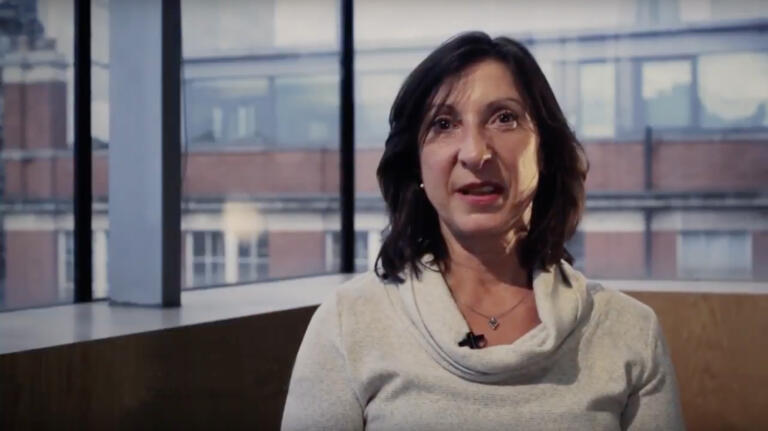Costume Maker
Role
Costume Makers are responsible for translating the Costume Designer’s ideas and drawings into real clothes, in consultation with both the designer and Costume Supervisor. They create patterns for the costumes, cutting and sewing them to actually construct the garments.
Responsibilities
- Liaising with the Costume Designer and Costume Supervisor to realise the design
- Sourcing fabric samples and other materials in consultation with the Costume Supervisor
- Drafting patterns, cutting and sewing
Key Skills
Further Reading
- Stage Costume – Step-by-Step by Mary T Kidd, 2002
- Costume and Make-Up by Michael Holt, 1988
Training
Vocational training in Costume is on offer in many drama schools and some traineeships are available with larger theatre companies.
Some people begin by working voluntarily in Wardrobe Departments in local theatres, progressing through the ranks of Costume Assistant.
Skills are developed on-the-job while gaining useful industry contacts, which are vital for securing future work.
Additional specialist training is necessary to increase a Costume Maker’s skills-base and employability – for example, in tailoring, millinery and shoe making.
Courses
Other courses are available. Those above represent a sample from various drama schools and universities.
